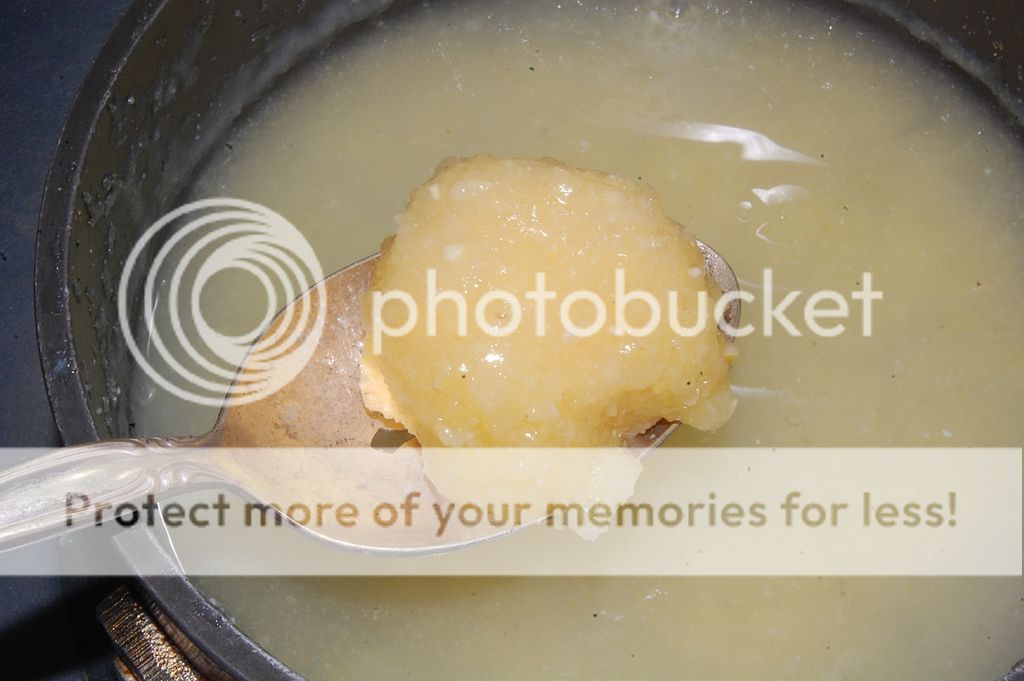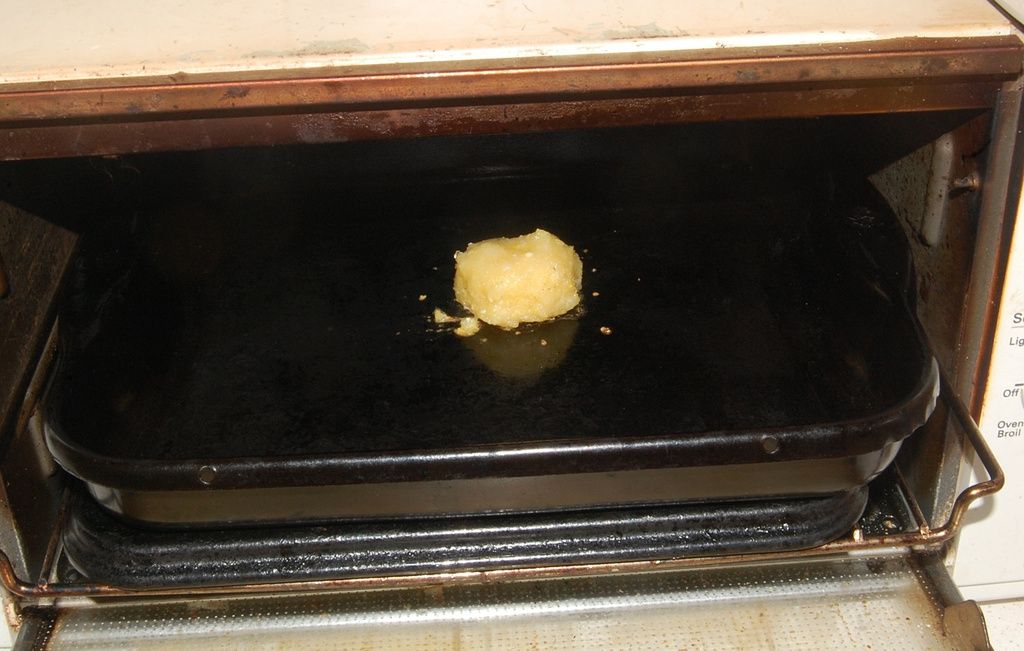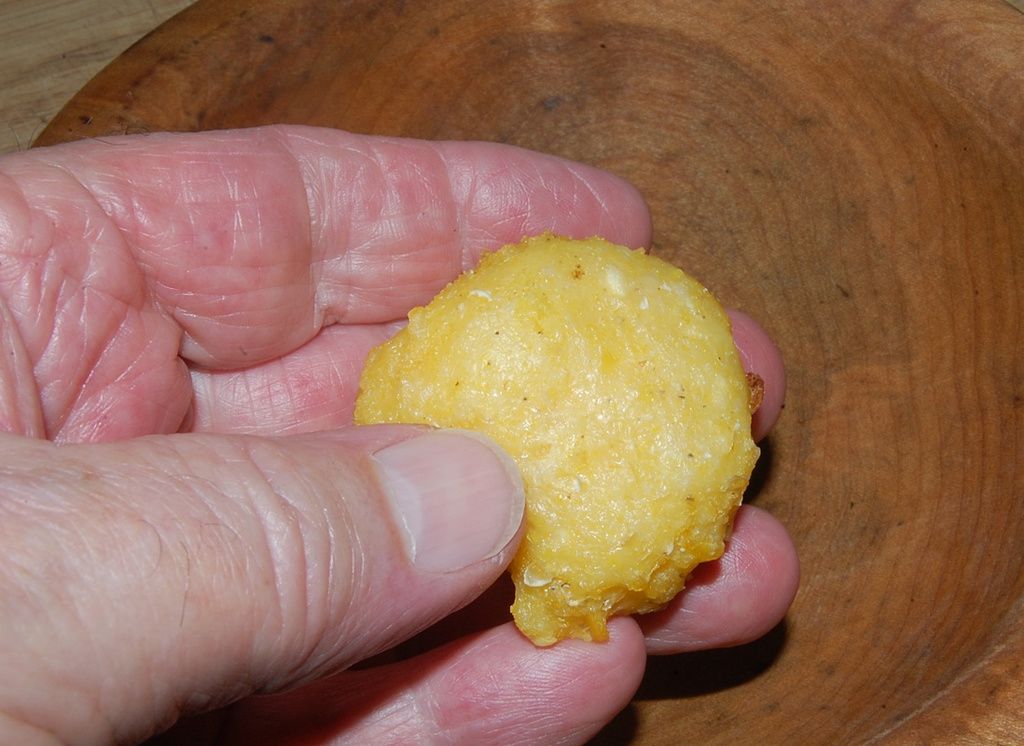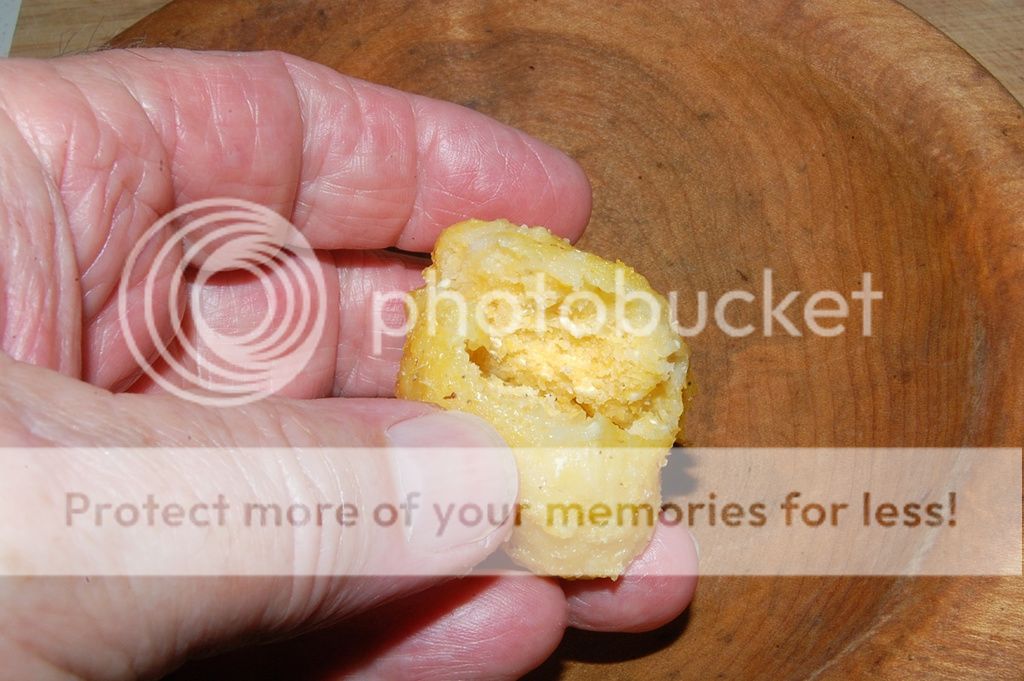Just as an experiment, the back of my garden has a row of the three sisters. I can confirm that it's not a lot of labor involved. It's all about the mound.
In my area, western Virginia, the Alleghenies, it's not thought that early settlers (or Indians) were digging out stumps or plowing. They'd girdle the trees to kill them, either chop them down and burn them or let them fall and burn them. Sometimes they'd drag a tree around to break up the top layer of soil.
Between the stumps and in irregular rows, they'd mound up a bunch of loose soil (think laundry basket size), and plant the corn on the top, sort of like a flattened volcano. Then after a few weeks plant beans right beside the cornstalks, and squash towards the bottom of the mound. You wrap the bean vines around the cornstalk. There's a chemical process between these plants that is mutually beneficial, although I can't remember the details.
It's the mound that allows the roots of the new plants to grow without the benefit of plowed earth.
Bearing in mind, of course, this was bare bones, first few years type of living, something to get you by while you worked on clearing larger areas and eventually (for Europeans) getting the stumps out, it works.
And, yes, falling branches were a well known danger.









